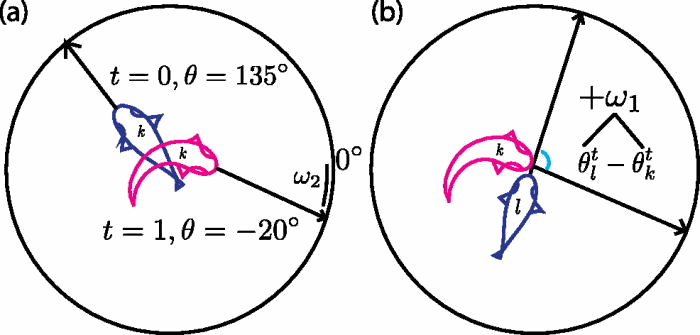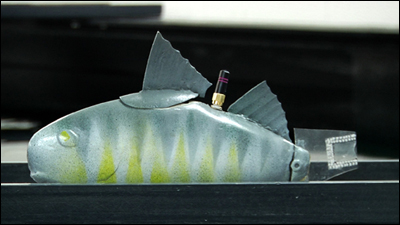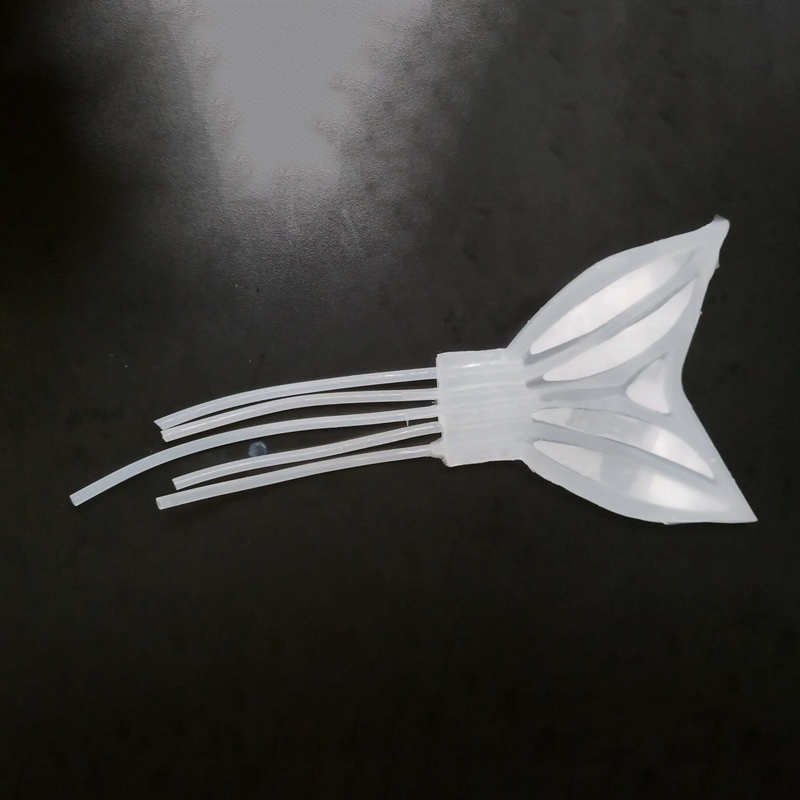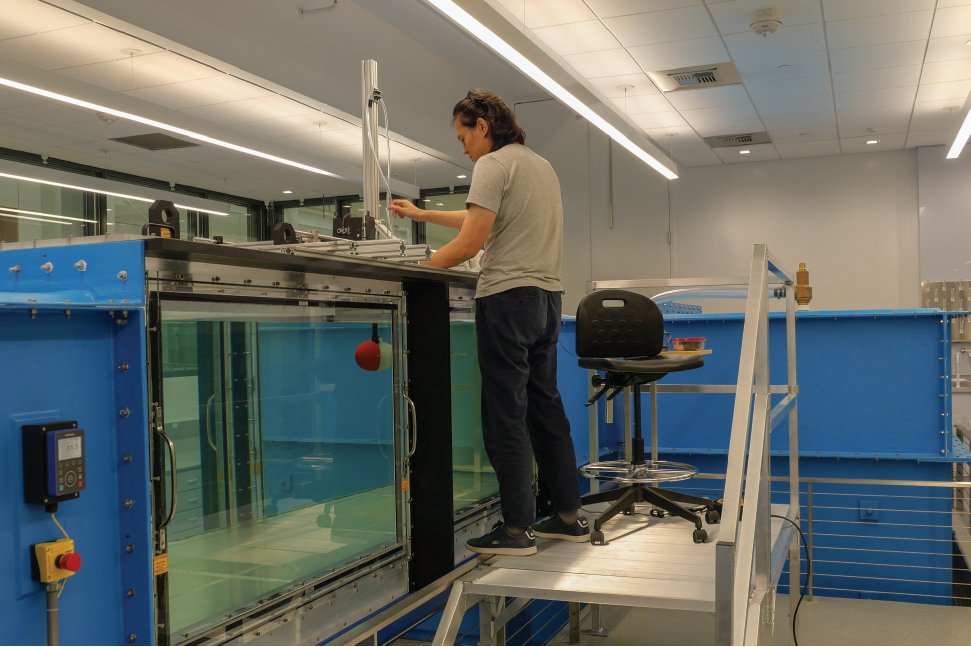News Story
Synchronized swimming: How startled fish shoals effectively evade danger

(a) Illustration of an agent (depicted here as a fish) at a random orientation at the first time step (t = 0, blue), and transitioning to startled state (t = 1, red). When startled directly from a threat, agents react by instantaneously reorienting towards a reference direction, with some noise (ω 2). Without loss of generality, the reference direction is set to θs = 0. (b) Illustration of two agents. When startled indirectly by social cues, agents move in the average direction of their startled neighbors. In this illustration, only the difference in orientation between two agents is shown, along with noise (ω 1) that is added to the difference in orientation, which represents the noise in the agent's ability to sense their neighbor's orientation. Credit: American Institute of Physics (AIP)
If you have ever been mesmerized by a shoal of fish fluidly evading a predator as a cohesive group, new research from a collaboration between University of Maryland (UMD) alum Amanda Chicoli (Ph.D. Neuroscience '16), post-doctoral biologist at the Carnegie Institution for Science in Baltimore, and Department of Aerospace Engineering Associate Professor Derek Paley (AE/ISR) sheds new light on this fascinating phenomenon. Their work, "Probabilistic information transmission in a network of coupled oscillators reveals speed-accuracy trade-off in responding to threats," was published in the American Institute of Physics' journal Chaos: An Interdisciplinary Journal of Nonlinear Science.
As panic spreads, an entire shoal (collective) of fish responds to an incoming threat in a matter of seconds, seemingly as a single body, to change course and evade a threatening predator. Within those few seconds, the panic-infused information - more technically known as the startle response -- spreads through the collective, warning fish within the group that would otherwise have no way to detect such a threat. The ways in which this information spreads and the role played by position dynamics may help us better plan for emergencies.
Amanda Chicoli is a post-doctoral biologist at the Carnegie Institution for Science in Baltimore, and she teamed up with Derek Paley, a professor in the department of aerospace engineering at the University of Maryland, College Park, to study and model this transmission of information. Their work appears in this week's Chaos, from by AIP publishing.
"The initial idea for this project stemmed from my Ph.D. research in collective behavior, my own expertise in fish sensory biology, and Dr. Paley's expertise in coupled oscillator systems," said Chicoli. Systems of coupled oscillators, like tethered pendula or connected springs for example, are used often to model more complex systems in science, from molecules to shoals fish.
Superficially, a single shoal of fish -- or even just a network of matching springs -- may appear to be simple. But the factors playing a part in the group response can get complex very easily. In this study, Chicoli and Paley looked at the orientation of fish within the collection, and the influence it can have to how well the whole group escapes a threat.
"One of the main goals of this study was to investigate the role of polarization (alignment) on information transmission and collective response to a threat. The model predicts faster spreading of threat information in groups that are strongly aligned, and slower but more accurate responses in groups that align only after a threat has been detected," said Chicoli.
In fact, it is this alignment (while swimming) that characterizes a social gathering of fish, or a shoal of fish, as a school of fish. Though it may feel intuitive that a school of fish would have common alignment for such purposes as quick evasion, but proving this is not so clear cut.
"Alignment in fish shoals is generally thought to be involved in predator defense, however it is difficult to directly test this with experimental methods," said Chicoli, describing their methods. "The model incorporates several theoretical decision-making processes: the decision on which direction to head, whether to respond to a threat at all, and with whom to interact."
The specific model used, called a susceptible-infected-removed (SIR) model, was actually one used more commonly in calculating how diseases spread and proved to accurately apply to the fish shoals.
"The SIR model was chosen because it is a probabilistic model of disease (or information) transmission through a group. Many biological processes, including the startle from a predator, are probabilistic in nature," Chicoli said. "There is some probability of noticing the predator, some probability in responding, and some probability in escaping. These probabilities can also be observed experimentally at the physiological behavioral levels."
"To the best of my knowledge... this is the first study to directly model information transmission in schooling," Chicoli also said. "The results from testing our model suggest that the degree of alignment in groups of fish may involve a speed-accuracy trade-off; they might also be interpreted in terms of decision-making processes in groups."
Specifically, their work revealed and quantified the relationship between various orientation configurations and the accuracy and speed of responses. They found some surprising correlations.
"We did not expect to find more accurate responses in the groups that were initially randomly oriented. We also did not expect that the highest probability of responding to the external threat investigated would correspond to fewer individuals responding," said Chicoli. "This result is due to the nature of our startle model, which is based on disease spreading. Since individuals do not re-startle, if too many agents startle without spreading the information, the startles die out before propagating and fewer individuals react overall."
As for the potential impact for people, particularly in emergency situations, these and future results can provide valuable information when designing and planning for such events.
Chicoli said, "Importantly, the model may be relevant to investigating how individuals will respond to the movement of others in a group in order to decide what direction to travel or what exit route to follow. For example, if you had a large crowd all heading to one exit door, when two doors are available, would an individual follow the group or choose the available door with no crowd?"
Looking to further work, the relative simplicity of the model offers plenty of ways in which it can be scaled and enhanced, both in the context of fish shoals and more broadly in terms of animal behavior. Information, after all, is nature's most fundamental currency.
"In future versions, it would be of use to include sensory capabilities and limitations for different species of interest to assess how this affects the results, and to probe the role of different sensory modalities in information transmission," Chicoli said.
"The model may be used to vary group size and the number of informed individuals over the parameter space to assess the conditions under which knowledgeable individuals have the most influence. A small number of knowledgeable individuals have been previously shown to elicit a response from both small and large."
In an era lending more and more focus not just to increasing volume of available information, but also to the ways in which that information moves, there may be even more application potential of these efforts yet to come.
Press Release Source: EurekAlert!, the online, global news service operated by AAAS, the science society. https://www.eurekalert.org/pub_releases/2016-11/aiop-ssh112916.php
More information: Amanda Chicoli et al. Probabilistic information transmission in a network of coupled oscillators reveals speed-accuracy trade-off in responding to threats, Chaos: An Interdisciplinary Journal of Nonlinear Science (2016). DOI: 10.1063/1.4966682
Published December 1, 2016









